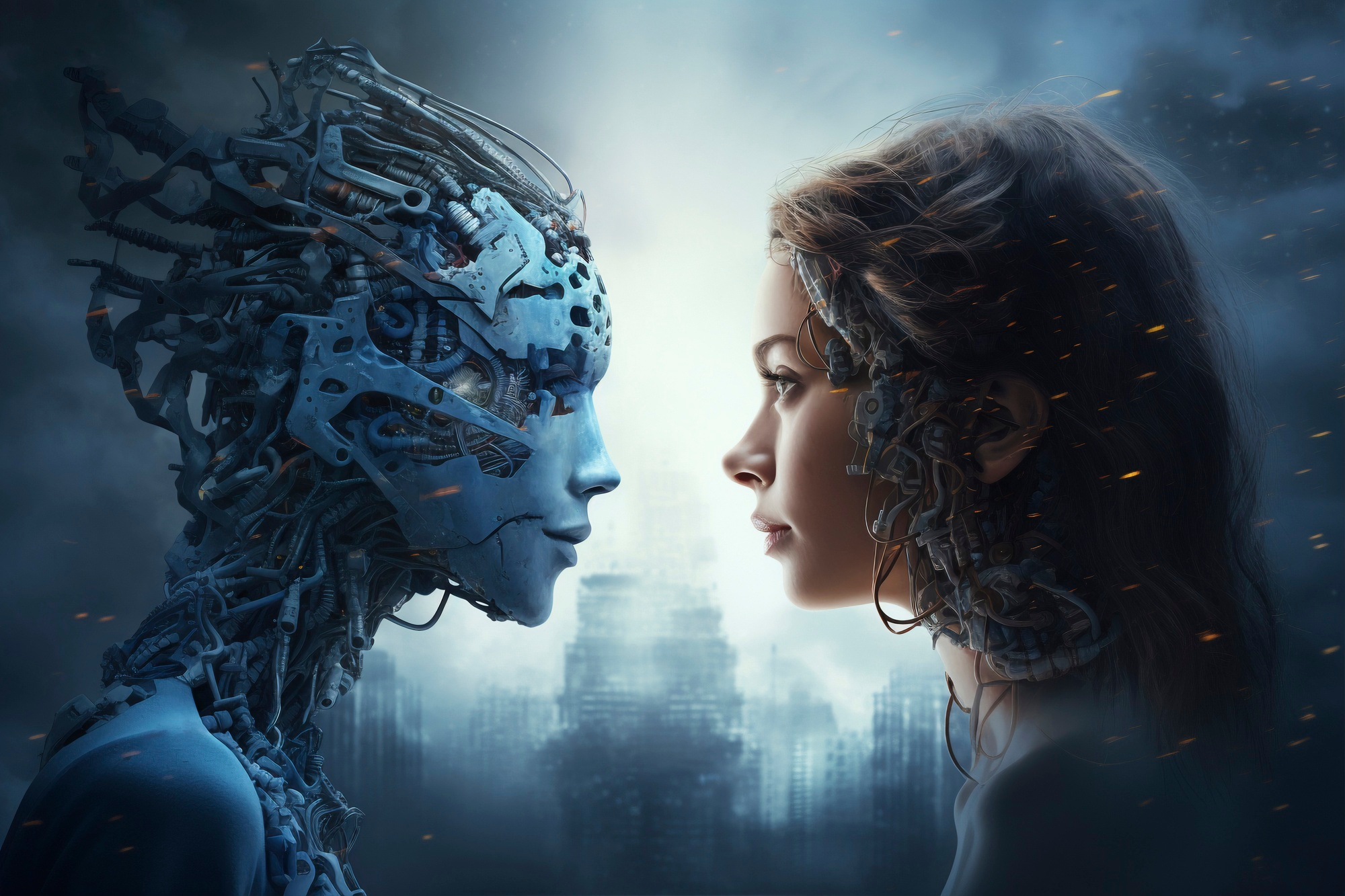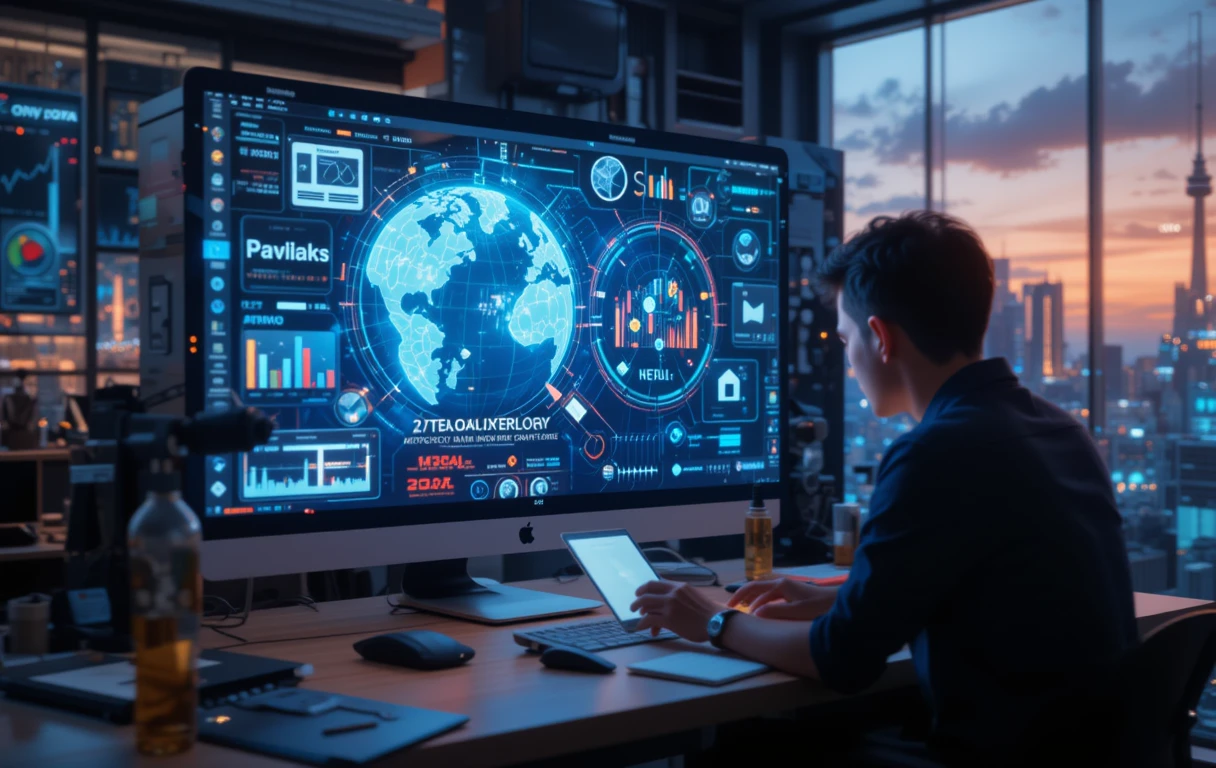Introduction
In a world where technology touches every aspect of life, the rise of artificial intelligence (AI) in the art world has ignited a heated debate: “AI vs. Human Artists—Is This the End of Creativity?” Creativity has long been a defining trait of human expression, giving rise to masterpieces that evoke deep emotions and challenge societal norms. But with AI now capable of generating breathtaking art, music, and literature, questions emerge about the future of human ingenuity in the arts. Will AI enhance or erode creativity? Let’s explore this evolving narrative.
AI vs. Human Artists
At its core, creativity reflects the human ability to produce novel and meaningful ideas. For centuries, human artists have channeled emotions, culture, and personal experiences into art. However, AI’s emergence has disrupted this domain, raising existential questions about what it means to create.
AI art, powered by algorithms and machine learning, can generate stunning visual imagery or compose symphonies in mere seconds. But does this capability equate to true creativity, or is it simply a sophisticated mimicry of human processes?
How AI Creates Art
AI systems, such as DALL-E and MidJourney, rely on vast datasets of existing artworks and patterns to produce new creations. By analyzing millions of images, styles, and techniques, these tools learn to replicate and innovate, crafting works that often rival those of skilled artists.
For example, AI-generated paintings have fetched millions at auctions, sparking both admiration and controversy. However, critics argue that without intent or emotional input, AI art lacks the authenticity of human expression.
What Makes Human Artists Unique
Human artistry thrives on emotional depth and cultural nuance. A painting or song can evoke memories, inspire change, or offer solace, precisely because it resonates with the creator’s lived experience. Human artists also draw from history and culture, blending influences to produce works that are both timeless and innovative.
Unlike AI, which works within predefined parameters, humans possess an innate ability to break the rules, defy conventions, and experiment fearlessly—a quality that lies at the heart of artistic evolution.
The Rise of AI in the Art World
AI is no longer a distant concept—it’s here, shaping both digital and traditional art forms. Tools like Adobe’s AI-powered features, Runway ML, and DeepDream have democratized art creation, enabling amateurs to produce professional-grade works. These advancements have also prompted museums, galleries, and collectors to reconsider how they define and value art.
The Ethical Dilemmas of AI Art
As AI gains prominence, ethical concerns loom large. Who owns AI-generated art: the programmer, the user, or the AI itself? Moreover, AI often draws inspiration from copyrighted works, blurring the lines between creativity and plagiarism. Resolving these dilemmas will be crucial as AI continues to disrupt the art world.
AI as a Tool, Not a Replacement
Rather than viewing AI as a competitor, many artists embrace it as a tool to expand their creative horizons. By collaborating with AI, they can explore uncharted territories, blending human intuition with machine precision to produce truly unique works.
For instance, some musicians use AI to compose melodies, which they then refine and personalize, resulting in a harmonious fusion of human and machine creativity.
The Debate Over Authenticity
One of the most contentious issues surrounding AI art is its authenticity. Can a piece created by an algorithm be considered “real” art? Public opinion remains divided, with some valuing the technical brilliance of AI art and others questioning its lack of emotional substance.
Cultural Shifts in Art Appreciation
The rise of AI has also influenced how audiences perceive art. As digital art gains popularity, traditional definitions of artistry are being challenged. However, the timeless appeal of human-created art ensures that it retains its place in the cultural landscape.
The Role of Emotion in Art
Emotions are the lifeblood of art, enabling it to forge deep connections with audiences. While AI can simulate certain emotional qualities, it cannot replicate the profound personal experiences that inform human creativity. This distinction ensures that human art remains irreplaceable.
Conclusion
AI is undeniably reshaping the art world, introducing new possibilities and challenges. While it may never fully replicate the depth and authenticity of human creativity, it serves as a powerful tool for innovation and collaboration. Rather than signaling the end of creativity, the coexistence of AI and human artists could mark the beginning of a new era, where technology and humanity work hand in hand to redefine art.




